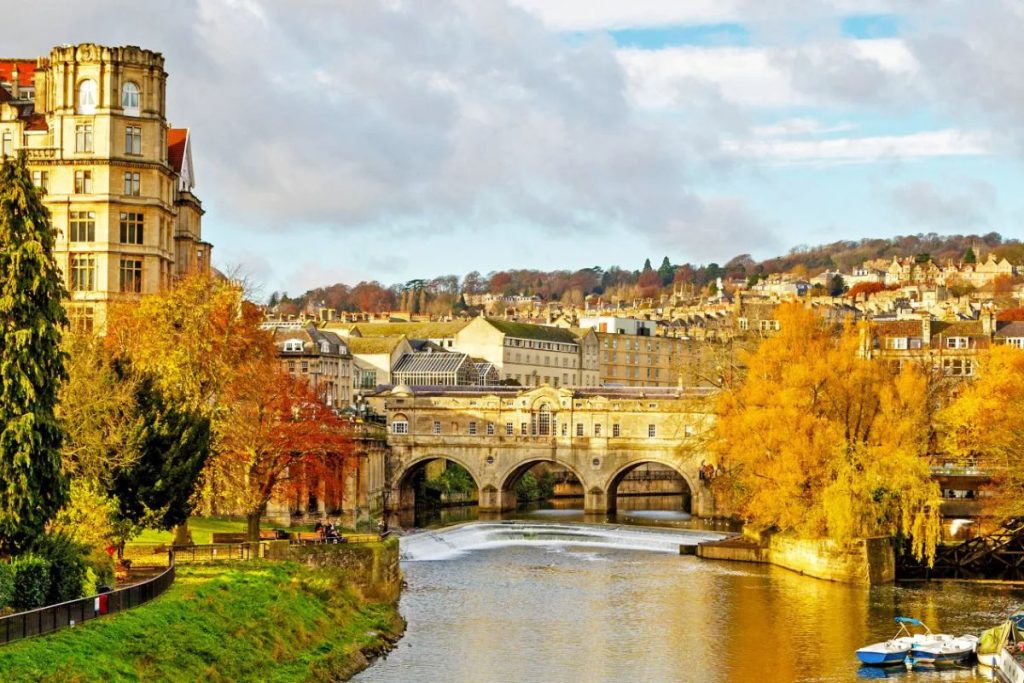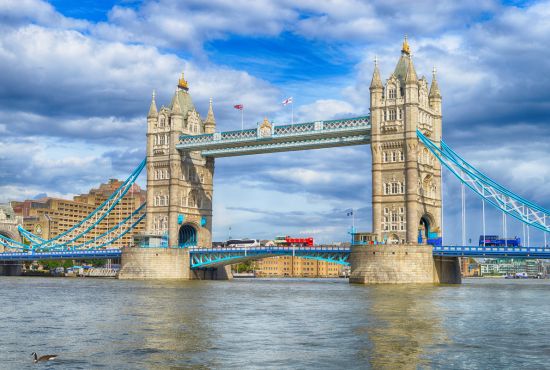Where Georgian grace meets literary legend, Bath is steeped in warm waters, Regency elegance, and the enduring spirit of Jane Austen—especially poignant this year as the city celebrates 250 years since her birth.
Where do you begin with Bath? It’s a city of hidden passions and whispered romances, of Roman ingenuity and Georgian grace, of grand discoveries and genteel dreams. Once the showpiece of England — and still dazzling today — its story stretches back more than 2000 years, yet feels effortlessly modern, unfolding just 185 kilometres west of London.
It’s the layers of history that first draw you in — the Roman stones still breathing beneath your feet, the honeyed glow of Georgian terraces rising above them. But once you’ve wandered through the Roman Baths, stood beneath the soaring fan vaults of Bath Abbey, and paid homage to Jane Austen, another Bath begins to emerge. Beyond its postcard-perfect landmarks lies a more intimate city: one of independent shops, artisan food, and riverside walks where the hills seem to fold gently into the streets. The only city in Britain honoured as a World Heritage Site in its entirety, Bath remains deeply human in scale — a place where history, elegance, and everyday life still meet in the same golden light.
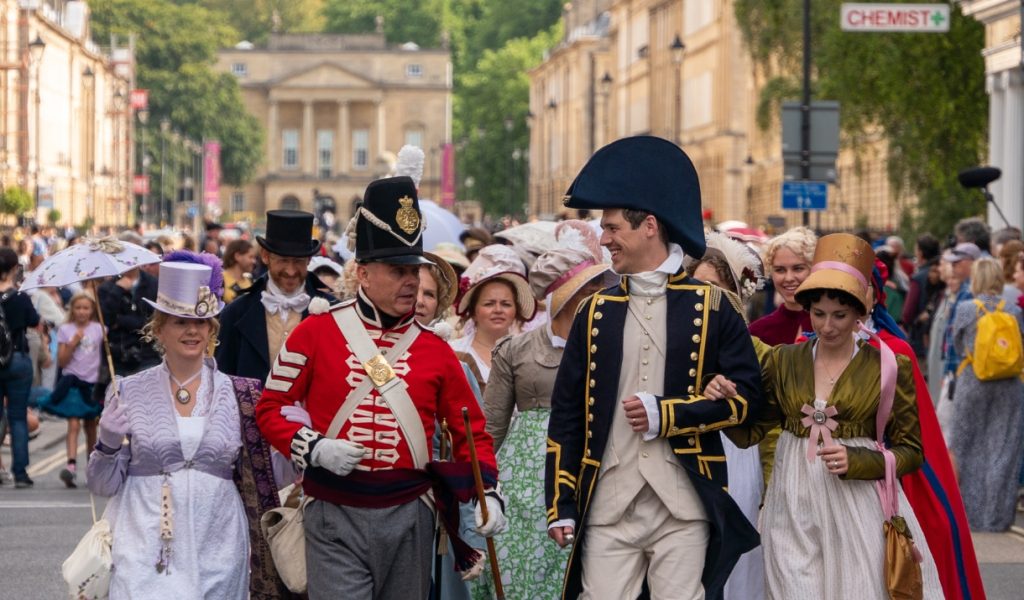
In January 1801, Jane Austen arrived—a 25-year-old deemed a spinster by society—following her family from the countryside to the city where her parents had once wed. Bath’s golden age as the heart of Regency society was waning, yet its spirit of elegance and intrigue remained alive in every ballroom and colonnade. Today, that same allure has been revived for a new generation through Bridgerton, the hit Netflix series filmed across Bath’s crescents, squares, and Assembly Rooms. With its candlelit balls and promenading lovers, the show captures exactly what Austen once observed—romance and reputation entwined beneath the city’s honey-stone façades.
That timeless grandeur endures. Bath’s Palladian architecture and spa heritage make it the only UK city entirely inscribed as a UNESCO World Heritage Site. Its walkable streets brim with boutique hotels, artisans, and restaurants celebrating Somerset’s produce. In 2025, the city will mark the 250th anniversary of Austen’s birth with festivals, theatre, and Regency dances. Though she once confessed “happy feelings of escape,” Bath’s rituals of class, charm, and courtship continue to echo through its streets—a living stage where Austen’s world and Bridgerton’s collide.
What to See & Do in Bath
Follow in Jane Austen’s Footsteps
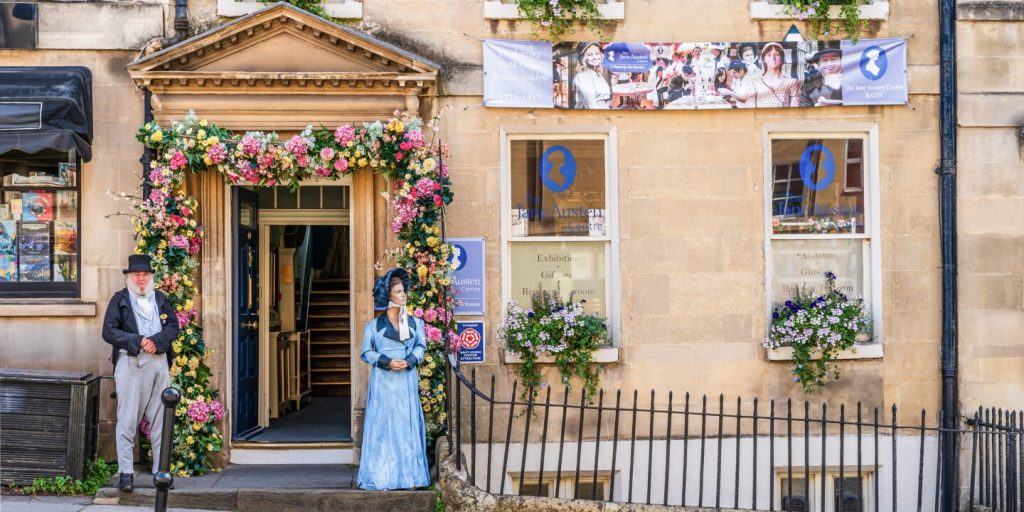
Few cities wear their literary legacy as gracefully as Bath. Just down the hill from the novelist’s former residence, the Jane Austen Centre offers a charming introduction to her world. A costumed guide welcomes visitors into the Regency era, leading them through exhibits that trace Austen’s life, her novels, and their many screen adaptations. You’ll find period memorabilia, fan letters, and her only verified portrait — alongside what’s believed to be the first piece of Austen-inspired fan art.
To step into her stories, join Strictly Jane Austen Tours, which offers private, themed walks for small groups. The two-and-a-half-hour route blends biography with history, spotlighting the architects John Wood the Elder and Younger, who designed the crescents that shaped Austen’s imagination, and Beau Nash, the flamboyant social arbiter of 18th-century Bath. Stops include filming sites, residences, and the very streets that inspired Persuasion and Northanger Abbey — an invitation to see the city much as she once did.
Roman Baths
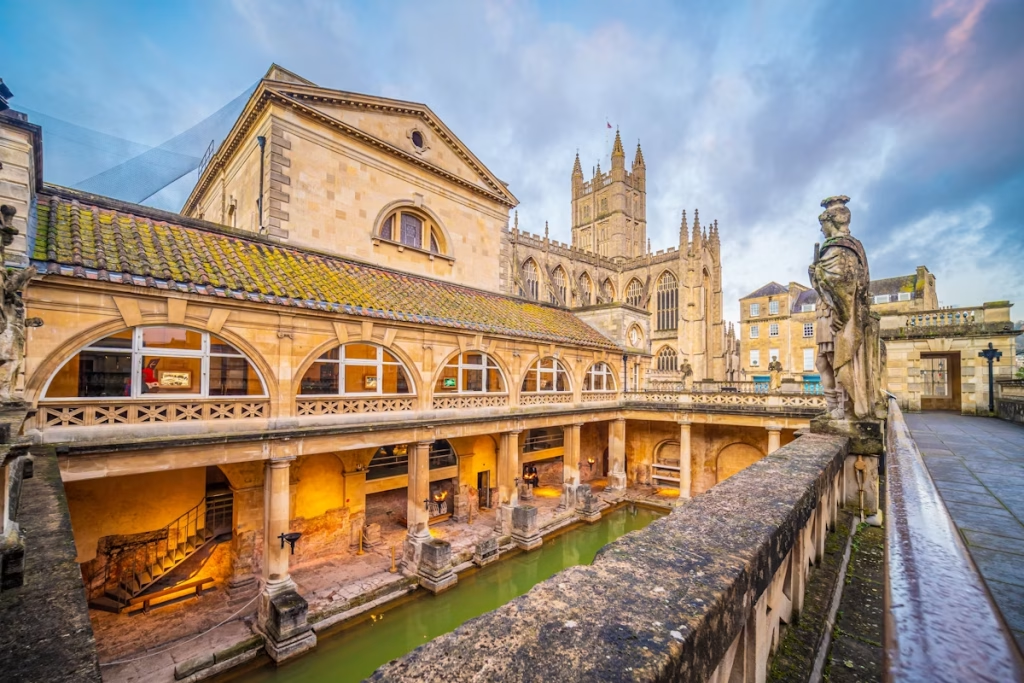
It was the hot springs that first put Bath on the map, drawing generations of visitors to its healing waters. At the Roman Baths, steam still curls above the pools much as it did nearly two millennia ago. Built around 70 CE, the complex now comes alive through holographic projections, costumed interpreters, and voices from history that recall the rituals of bathing and belief. Before you leave, pause at the fountain near the exit for a sip of the warm, mineral-rich water — its sulphurous tang and metallic edge a reminder of the city’s ancient heartbeat.
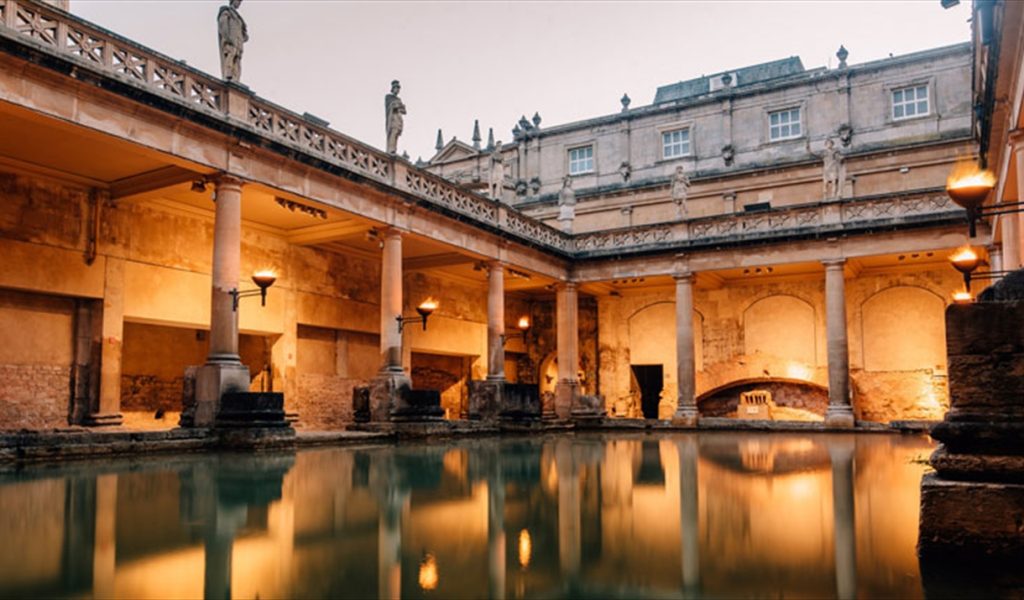
The ensemble of structures encircling the Roman Baths evolved over the 18th and 19th centuries, each layer adding to Bath’s neoclassical grandeur. Architects John Wood the Elder and Younger shaped the elegant buildings surrounding the Sacred Spring, while their contemporaries Thomas Baldwin and John Palmer created the iconic Pump Room — all colonnades, Ionic grace, and Corinthian detail. Today, the Pump Room endures as one of Bath’s most elegant social spaces. Step inside for a sumptuous afternoon tea served beneath chandeliers. Before you leave, sample the mineral-rich spring water — once touted in Victorian times as a tonic for every ailment.
Thermae Bath Spa
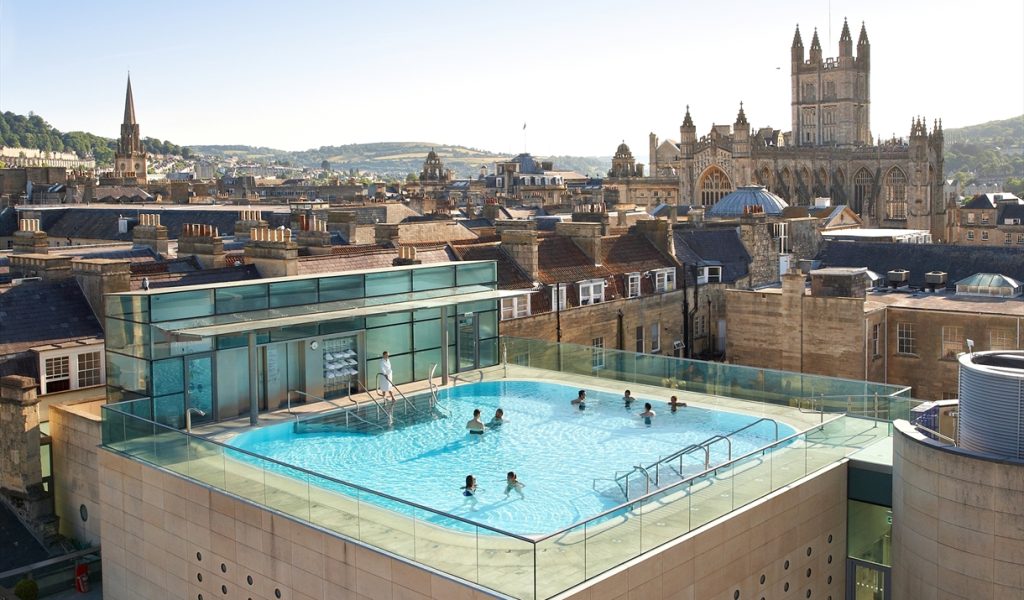
Though you can no longer bathe in the ancient Roman pools, Bath’s wellness legacy lives on at the Thermae Bath Spa. Here, the mineral-rich waters still rise from deep beneath the city, feeding a series of modern pools and treatment rooms. The highlight is the open-air rooftop pool, a steaming sanctuary kept at a blissful 33.5°C, where bathers float beneath the skyline’s honey-stone terraces and the gothic spire of Bath Abbey. It’s especially magical at sunrise or twilight, when the city glows gold against the hills. For the calmest experience, slip in on a midweek morning — and let centuries of ritual renewal wash over you.
Georgian Bath
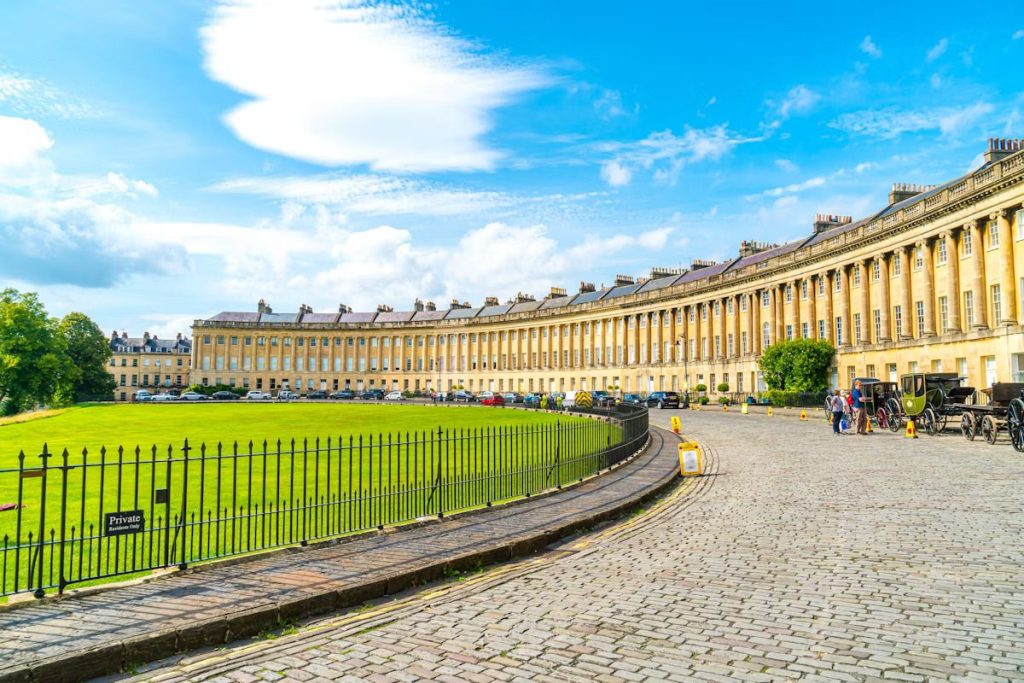
No. 1 Royal Crescent offers a rare glimpse into Georgian elegance, its grand townhouse restored to the splendour of the late 18th century. Inside, every detail — from the gleaming bureau bookcase to the curious wig-scratcher — evokes the rituals of refined living. The immersive experience draws on scenes from Jane Austen’s novels, blending literature and history to reimagine daily life in Regency Bath. In the withdrawing room, visitors can even listen to a reading of the dancing scene from Emma, as if the house itself were whispering stories of a bygone age.
Bath Abbey
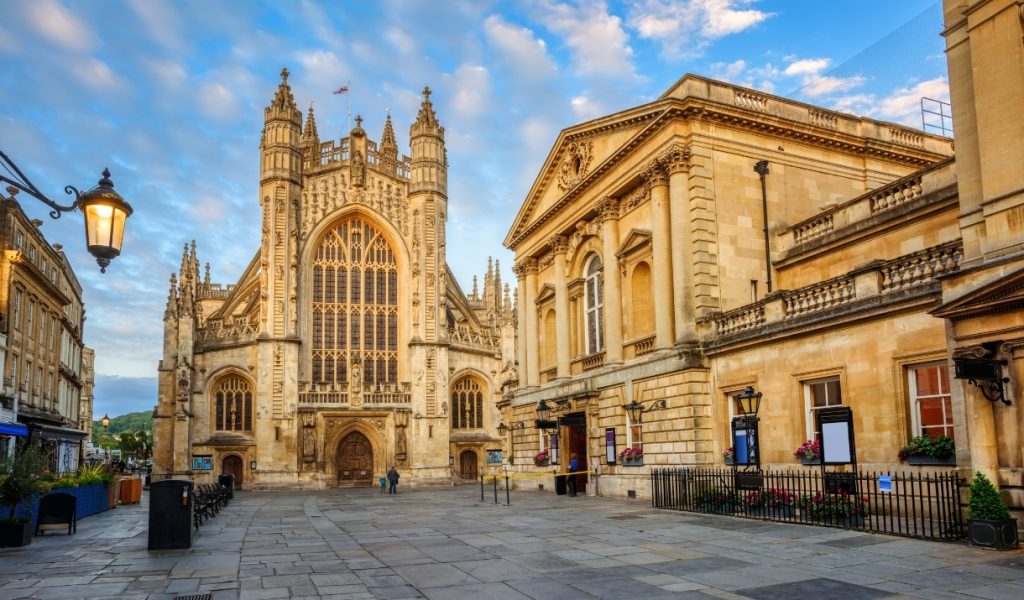
Rising over the city centre in luminous Bath stone, Bath Abbey was built between 1499 and 1616 — the last great medieval church constructed in England. Its most arresting detail is the west façade, where sculpted angels ascend and descend stone ladders, a vision said to have come to the abbey’s founder, Bishop Oliver King, in a dream. Guided tower tours depart on the hour from Monday to Friday and every half-hour on Saturdays, with tickets available only at the Abbey Shop on the day. The climb — 212 narrow steps — is a workout, but the panoramic reward from the top is nothing short of spectacular. For a touch of romance, you can even book a private twilight tour for two, with the city’s honey-hued rooftops glowing below.
Bridgerton Filming Locations
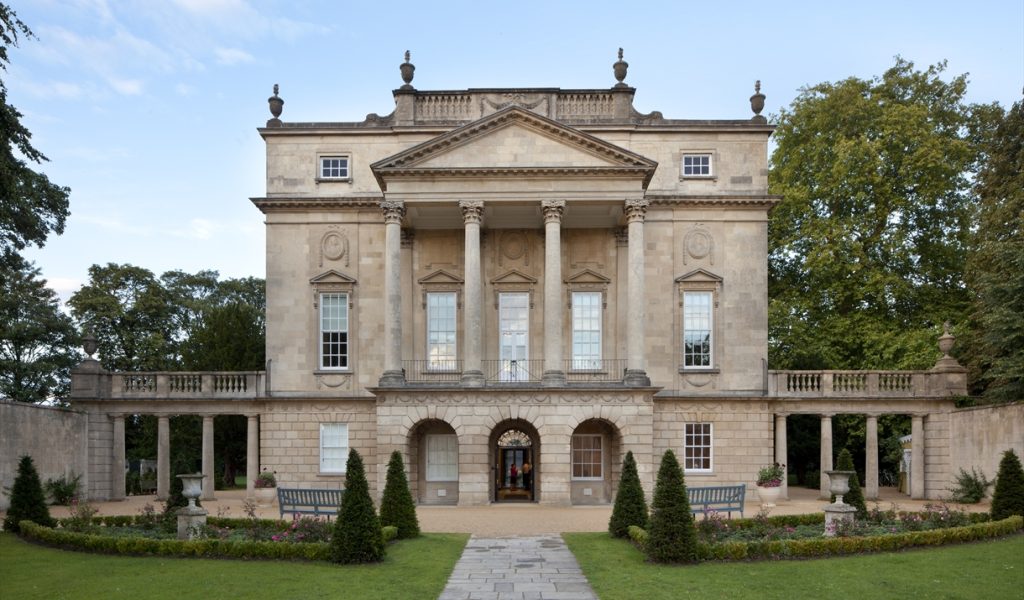
When Bridgerton premiered in late 2020, it didn’t just break hearts — it broke records, becoming Netflix’s most-watched series with over 82 million households tuning in during its first month. Though set in Regency London, much of the show was filmed in Bath, whose sweeping crescents, grand façades, and colonnaded streets proved the perfect stand-in for high-society drama. Fans can trace the show’s most iconic spots through the Visit Bath self-guided tour, which highlights Lady Danbury’s mansion, the Featheringtons’ family home, and the Assembly Rooms, where the glittering ball scenes come to life. For something a touch more theatrical, join the BritMovie Tours Bridgerton walk — a two-hour guided promenade through gossip-filled locations, sprinkled with behind-the-scenes anecdotes and just the right hint of scandal.
See Bath in Autumn Colour
Autumn paints Bath in gold. The Royal Victoria Park blazes in copper and crimson, the Kennet and Avon Canal Walk glows with mirrored foliage, and Prior Park Landscape Garden offers sweeping views over the valley framed by turning trees and its iconic Palladian bridge — a perfect setting for an Austenian daydream.
Where to Eat and Drink in Bath
Bath has always known how to dine in style. For centuries, its grand Georgian crescents have framed restaurants serving refined fare — white tablecloths, endless bread baskets, and cream-rich indulgence. Yet in the past decade, a new culinary energy has swept through the city. The old-school formality has given way to something fresher, more confident, and unmistakably local. Today’s chefs champion the best of the West Country’s produce — artisan cheeses, heritage vegetables, wild game, and seasonal seafood — turning Bath into a serious food destination and leaving chain restaurants far behind in the shadows.
The Pump Room
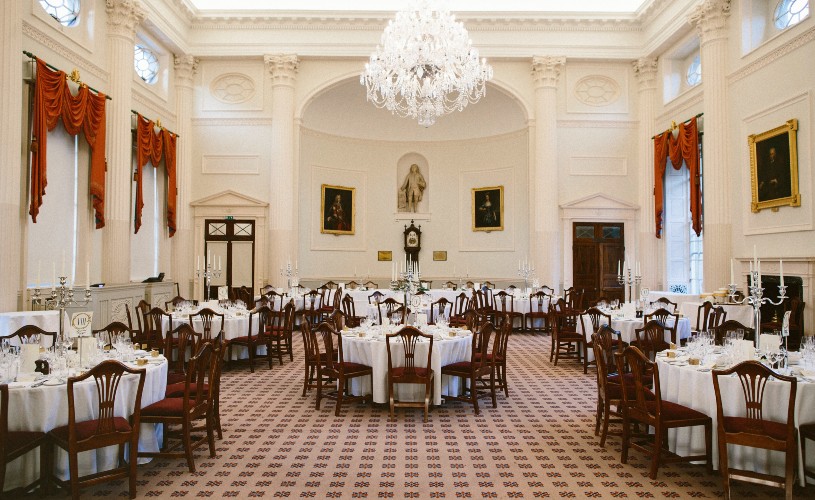
Immortalised in Jane Austen’s Northanger Abbey, the Pump Room was once the heart of Bath’s social whirl — where the city’s fashionable set came to mingle, be seen, and sip the famed thermal waters. Today, little has changed in its atmosphere of quiet grandeur. Beneath soaring ceilings and glittering chandeliers, guests linger over afternoon tea or leisurely brunch, accompanied by the lilting notes of the resident pianist or the Pump Room Trio, thought to be Europe’s longest-running ensemble. It remains one of Bath’s most timeless experiences — a place where Georgian elegance still lingers in every note and cup.
Square Grill Brasserie Restaurant and Piano Bar
Set beside the Bath Abbey and the Roman Baths, this refined yet relaxed brasserie delivers style from sunrise to sundown. Come for a leisurely brunch beneath the vaulted ceilings, return for a perfectly seared steak at dinner, or linger on the terrace with a cocktail as the Abbey bells toll nearby. Every meal feels effortlessly indulgent — the kind of place where time slows and flavours linger.
The Elder
With its hunting-lodge interiors, mounted stags, and dark wood, The Elder feels like a love letter to the English countryside. The tasting menu is a masterclass in seasonal produce — Cornish bass, Cotswold venison, and other wild game served across seven thoughtful courses. Once seated, you’ll have the table all night, so settle in and let the evening unfold at its own pace.
Oak
Beyond the painted gold lettering on its glass façade, Oak gives little away. What appears from the street to be a modest, almost hidden restaurant unfolds into a second dining room downstairs — a bright, intimate space where pale yellow panelling, bohemian cushions, and retro Formica tables in cheerful hues somehow combine in perfect, effortless harmony. It’s proof that clashing styles, when done well, can feel utterly modern. The menu is entirely vegetarian, built around the rhythm of the seasons and designed for sharing. Expect dishes such as smoked pine nut arancini with wild garlic aioli, or nettle and ricotta agnolotti dressed with asparagus and Old Winchester cheese. Awarded a Green Michelin Star for its sustainability and inventiveness, Oak sources much of its produce from its own eco garden just outside the city and complements it all with a thoughtful list of natural wines — the kind that invite you to linger just a little longer.
Taylor’s Bagels
When siblings Natz and Kai Taylor opened a hole-in-the-wall bagel shop on Walcot Street in their twenties, few predicted its rise to local legend. Four years later, their bagels have become Bath staples. Go classic with cream cheese and smoked salmon, or dive into the signature pulled-beef brisket with cheddar and mustard mayo — all hand-rolled, boiled, and baked to perfection.
Regency Tea Room at The Jane Austen Centre
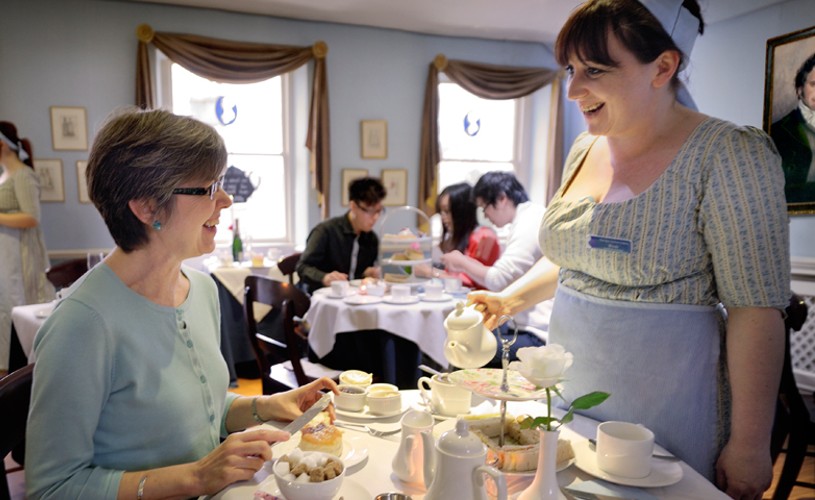
At the Jane Austen Centre, visitors can step straight into the author’s Regency world — learning about her life, the influence of Bath on her writing, and even dressing in period costume for the perfect portrait. No visit is complete without pausing at the Regency Tea Room, a charming space that feels like a scene from Pride and Prejudice. Indulge in Tea with Mr Darcy, a decadent afternoon spread piled high with sandwiches, scones, and cakes, or opt for lighter fare such as Lady Catherine’s Proper Cream Tea or Mrs Bennet’s Cake of the Day. Every treat is best enjoyed with a cup of the Jane Austen Blend — a delicate mix of China black teas once favoured in Regency England, long before Indian blends arrived on the scene.
The Bell Inn
An institution on Walcot Street, The Bell Inn almost closed in 2013 — until 536 locals, musicians, and even Robert Plant rallied to save it through a community buyout. The result is a true Bath original: intimate interiors, a sprawling beer garden, and live music several nights a week. Pull up a pint of local ale and feel the city’s creative pulse.
The Hideout
Once rumoured to be a haven for outlaws, The Hideout plays up its roguish charm with pirate chests, pistols, and walls lined with vinyls. The focus, though, is whisky — over 300 bottles from around the world. Unsure where to start? Let the bartenders guide your senses, offering a few to “nose” before you choose your pour.
Where to Stay in Bath
Few cities wear their history as beautifully as Bath. People have been drawn here for nearly 8,000 years, ever since the mineral-rich hot springs first earned their reputation for healing. Today, the city’s legacy still shimmers through every stone façade — from ancient Roman temples and medieval abbeys to sweeping Georgian crescents and streets that seem lifted from a Jane Austen novel. Recognised as a UNESCO World Heritage Site, Bath manages to balance centuries of heritage with a lively rhythm of theatres, galleries, and restaurants.
For travellers who want to soak in its story as well as its thermal waters, the city offers stays in manor houses, historic hotels, and lovingly restored townhouses — each steeped in atmosphere and charm.
The Royal Crescent Hotel & Spa
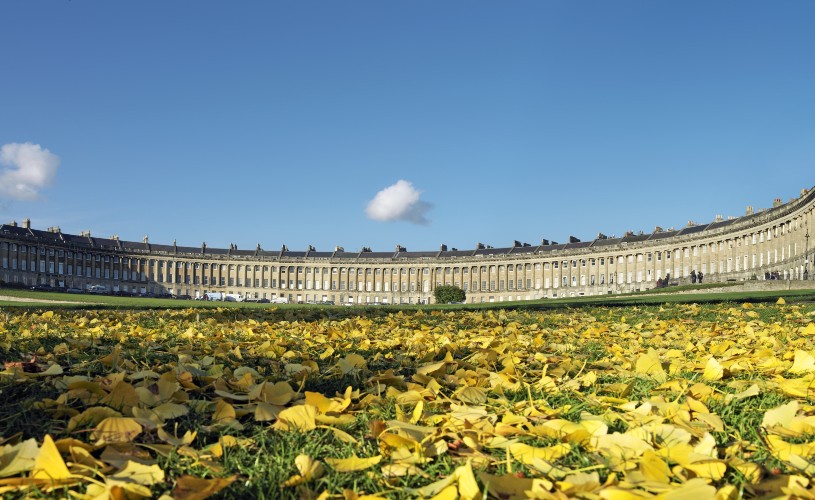
Completed in 1775, the Royal Crescent had already become Bath’s architectural masterpiece by the time Jane Austen called the city home between 1801 and 1806. Today, the five-star Royal Crescent Hotel & Spa invites guests to stay amid that same Georgian grandeur, where sweeping views, elegant rooms, and polished service evoke another era. Set within the city’s most famous terrace, the hotel offers tranquil gardens, fine dining, and a serene spa tucked behind its honey-stone façade — perfect for unwinding after a day of Austen-inspired sightseeing. And just a few doors down, No. 1 Royal Crescent provides the ideal companion visit, immersing you in the rhythm of 18th-century life through beautifully restored rooms and period detail.
The Bath Priory
Originally built as a private home in 1935 on land owned by Bath Abbey, the Bath Priory has evolved into a 33-room haven of classic luxury. A Grade I-listed building surrounded by four acres of landscaped gardens, it blends Georgian romance — four-poster beds, roll-top baths, marble fireplaces — with modern excellence, including a Michelin Key-awarded restaurant championing local produce. The gardens, designed by Chelsea Flower Show medal-winner Jane Moore, are as exquisite as the food.
The Gainsborough Bath Spa
To experience the springs themselves, check into The Gainsborough, where guests can bathe in the city’s original thermal waters beneath a spectacular glass atrium. The building’s story stretches back to 1788, when it began life as a hospital before evolving under several noted architects. The vaulted chapel, added in 1849, now hosts lectures and events — including expert talks celebrating the 250th anniversary of Jane Austen’s birth.
The Malthouse
A Grade II-listed stone cottage just 25 minutes from the city, The Malthouse is perfect for family gatherings. Inside, oak beams, handmade furniture, and an inglenook fireplace create rustic warmth. With seven bedrooms, two lounges, and a garden room overlooking rolling hills, there’s space for up to 14 guests — plus a games room for slower afternoons.
Jane Austen’s First Home
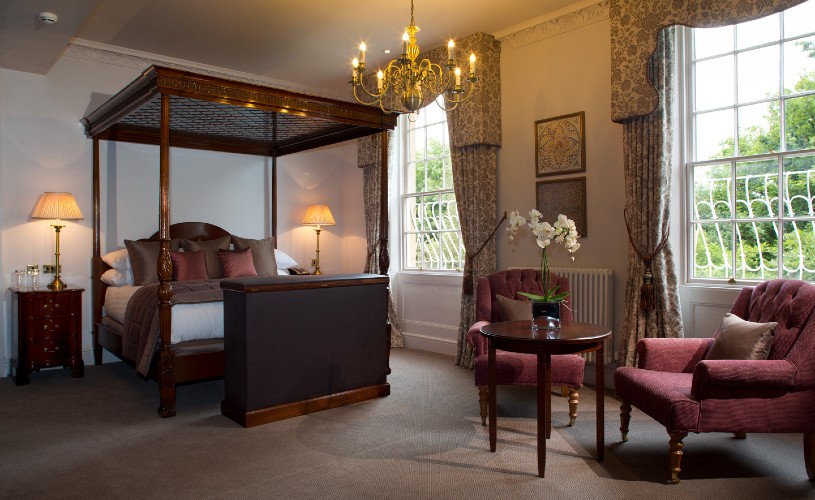
For literary devotees, few stays feel more personal than Jane Austen’s first Bath residence. It was here that the young author once wrote excitedly to her sister about having a room of her own — a rare luxury in her time. Now a Grade I-listed apartment, the home retains its high ceilings, marble finishes, and sweeping views across the city skyline. Inside, the classical furniture and soft period touches create a sense of quiet elegance, blending 18th-century charm with modern comfort. Just a five-minute stroll from Bath Abbey, it’s a fitting base for tracing Austen’s footsteps through the city that shaped her imagination.
Pococks Lodgings
Perched above The Grapes, one of Bath’s oldest pubs (dating to 1792), Pococks Lodgings is among the city’s most storied stays. The Elizabethan townhouse, first recorded in 1302, has hosted everyone from King William III to modern-day travellers. Inside, Jacobean panelling and rare lime-plaster ceilings meet contemporary comfort.
The Georgian Manor
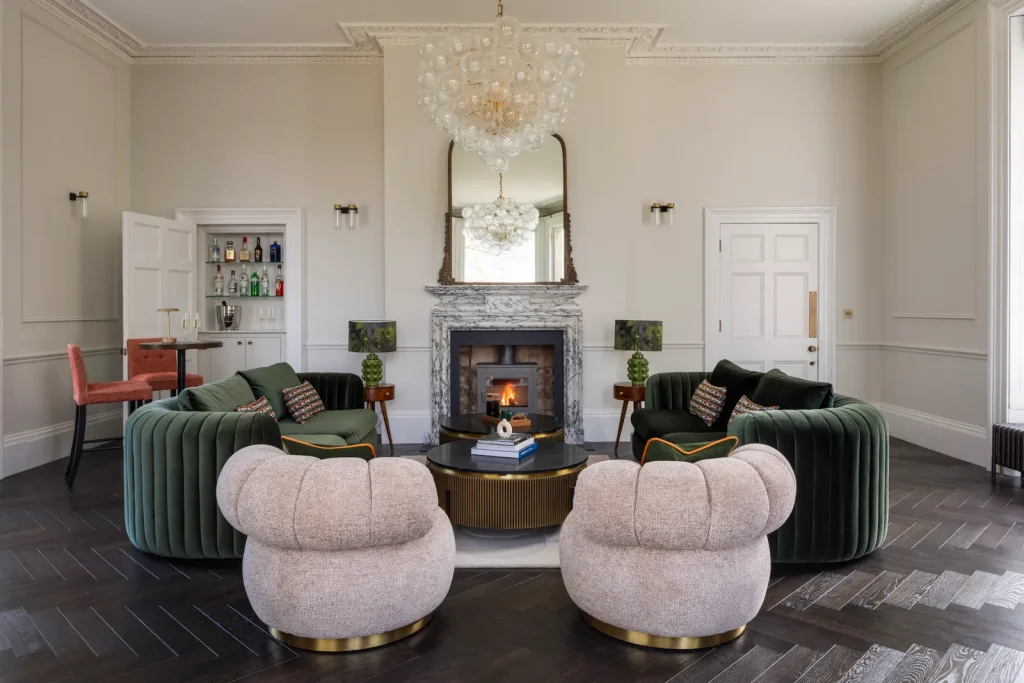
Built in 1750 and once home to the Lord Mayor of Bath, this Georgian Manor offers the grandeur of a boutique hotel with the intimacy of a private estate. Expect Scandi-style interiors, marble bathrooms, and manicured lawns with a hot tub overlooking the city. With room for 23 guests, it’s perfect for weddings or family reunions.
The Austen
While no famous resident ever lived here, The Austen — a 250-year-old townhouse in the heart of Bath — captures the spirit of its namesake. Original wood panelling, fireplaces, and Georgian shutters pair beautifully with soft modern furnishings and pastel hues. The Roman Baths are just a five-minute stroll away.
Where To Shop
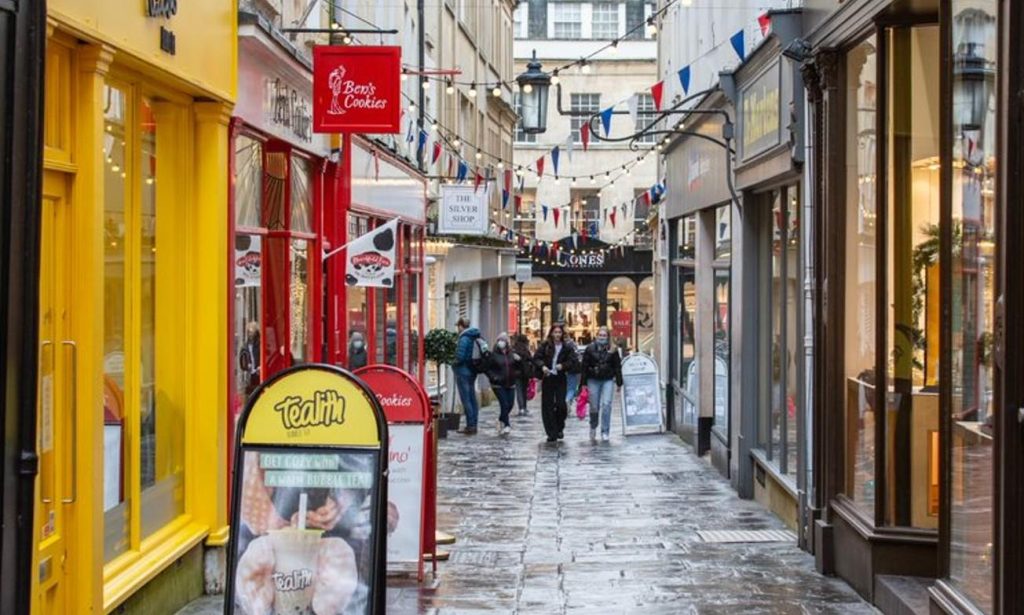
In a city known for its elegance, shopping in Bath feels like an experience in itself. Whether you’re hunting for a statement piece to elevate your wardrobe or searching for a gift with real personality, Bath’s independent boutiques deliver something rare — individuality.
Tucked along cobbled lanes and Georgian arcades, you’ll find jewellers crafting one-of-a-kind pieces, fashion stores blending timeless style with local flair, and homeware shops brimming with character. From chic accessories to artisan gifts and handmade toys, every discovery here feels personal — the kind of find that could only come from Bath.
For latest travel news and updates, food and drink journeys, restaurant features, and more, like us on Facebook or follow us on Instagram. Read more on Travel and Food Network
A New Yorker at heart, an unapologetic anglophile, national parks explorer and former head of National Geographic publishing in India, Ritika is the Global Editor for Travel and Food Network and leads all journalism across platforms, including news, digital, videos, and social media. She writes features focused on narrative storytelling, industry trends, destinations, culinary travel, and how-to advice and is an advocate for sustainable travel. You can follow her on Instagram @newyorkeratheart


